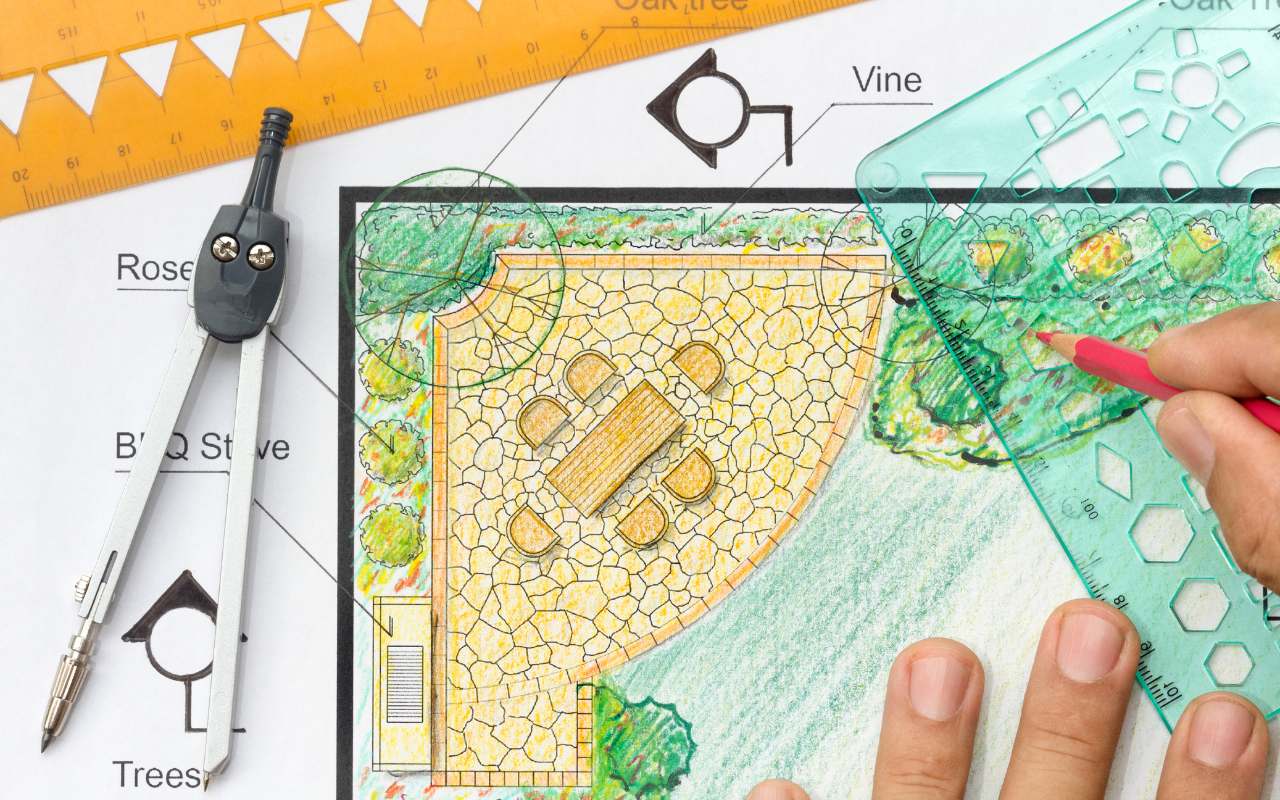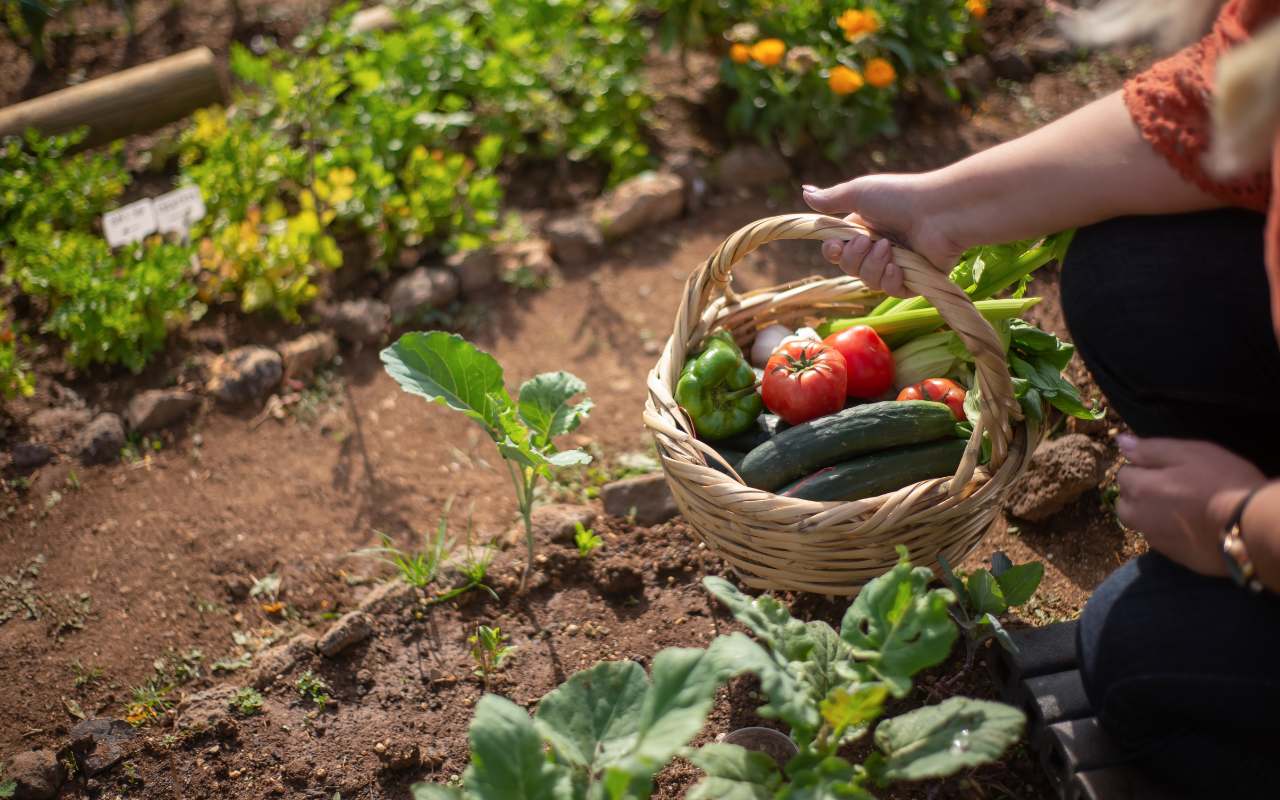
Effective Garden Planning for a Perfect Landscape
Garden planning is the first step toward creating a landscape that reflects your style and meets your practical needs. Imagine stepping into your garden and being greeted by a harmonious blend of colors, textures, and scents. This is possible with effective garden planning.
Whether starting from scratch or redesigning an existing space, thoughtful planning can help you overcome common challenges like limited space or harsh weather conditions. Let’s explore how, with the proper planning, you can transform your garden into a perfect landscape.
Mastering Garden Planning for a Perfect Landscape
Garden planning is the key to turning your outdoor space into a perfect landscape. Whether working with a small yard or a sprawling estate, a well-thought-out plan ensures that every plant, path, and feature serves a purpose. This section will explore the essential steps to successful garden planning, from choosing the right plants to incorporating functional elements. Let’s dive into the details.
Assessing Your Space and Needs
Before planting, assess your space and understand your needs. Consider factors like the amount of sunlight your garden receives, the soil type, and the climate. Are you looking to create a space for relaxation, entertaining, or growing your own vegetables? Identifying your goals will help you make informed decisions as you plan your garden.
Selecting the Right Plants

Choosing the right plants is crucial to the success of your garden. Opt for plants that thrive in your local climate and suit your garden’s conditions. For example, select sun-loving plants if your garden receives a lot of sunlight. If your space is more shaded, look for shade-tolerant varieties. Remember, the right plants not only enhance the beauty of your garden but also reduce the need for maintenance.
Designing Functional Areas

A well-designed garden is more than just beautiful; it’s also functional. Consider dividing your garden into different zones based on their purpose. For instance, you might create a relaxing seating area, a play area for children, and a vegetable patch for growing your produce. Natural elements like hedges, flower beds, or stone paths can help define these areas and add to the overall aesthetic.
Incorporating Hardscaping Elements
Hardscaping refers to the non-plant elements in your garden, such as patios, walkways, and garden structures. These elements are vital in garden planning as they provide structure and create focal points. Consider materials that complement your home’s exterior and the natural environment. For example, stone pathways or wooden pergolas can add a rustic charm to your garden, while sleek metal elements might suit a more modern design.
Maintaining a Sustainable Garden
Sustainability is a growing trend in garden planning. Consider incorporating native plants that require less water and are resistant to local pests. You can also practice composting to enrich your soil naturally. Implementing water-efficient irrigation systems and using organic fertilizers can further enhance the sustainability of your garden.
Common Garden Planning Mistakes to Avoid
Even with the best intentions, mistakes can happen during the garden planning process. One common mistake is overcrowding plants, leading to poor growth and increased maintenance. Another is neglecting to plan for the mature size of plants, resulting in an overcrowded or unbalanced garden. By avoiding these pitfalls, you can create a garden that is both beautiful and easy to maintain.
FAQs
Q: How do I start garden planning if I’m a beginner?
A: Assess your space and determine your goals. Research plants that suit your climate and consider consulting with a professional for advice.
Q: What are some low-maintenance plants for beginners?
A: Consider plants like lavender, hostas, and daylilies. These are resilient, easy to care for and add beauty to any garden.
Q: How can I make my garden more sustainable?
A: Use native plants, practice composting, and implement water-efficient irrigation systems to create an eco-friendly garden.
Q: Can I plan a garden in a small space?
A: Absolutely! You can create a beautiful and functional garden in even the smallest spaces with thoughtful design. Consider vertical gardening or container plants to maximize your area.
The Final Touches to Your Garden Planning
Effective garden planning is the cornerstone of a beautiful and functional landscape. By carefully selecting plants, designing functional areas, and incorporating sustainable practices, you can create a stunning garden that serves your needs. Now that you know how to plan your garden, why wait? Contact us today to start turning your garden dreams into reality. Let’s work together to create the perfect landscape.
